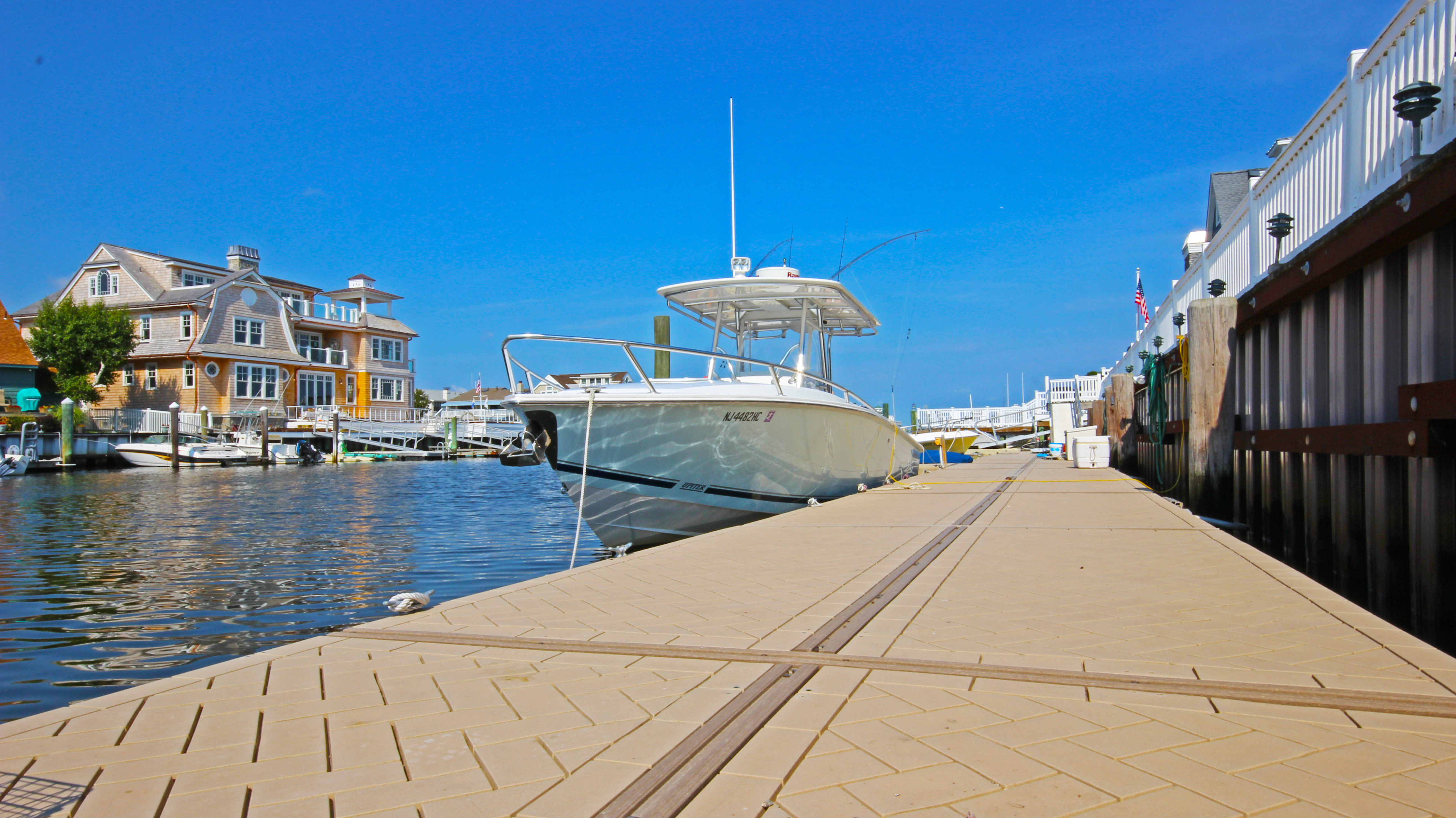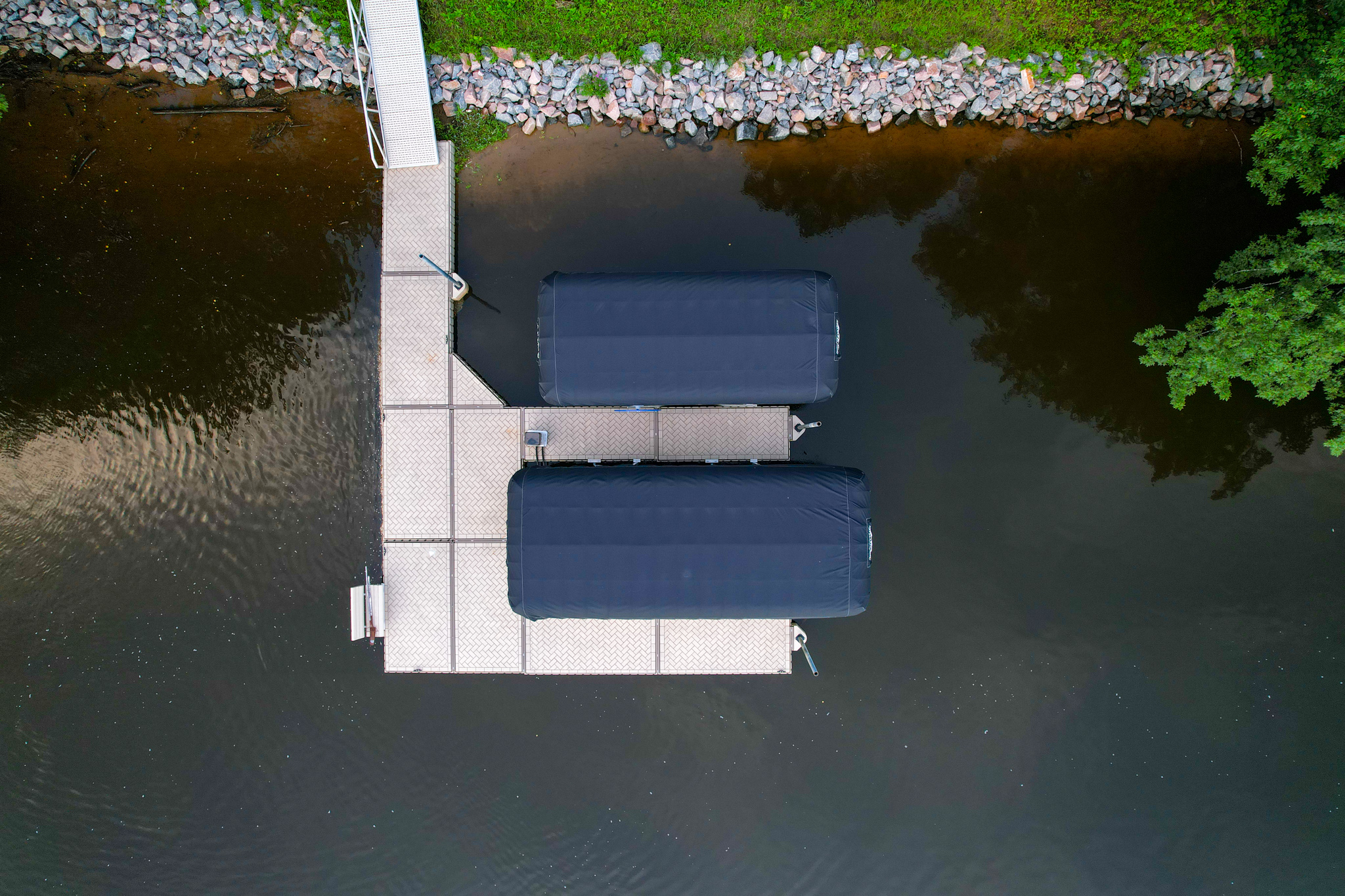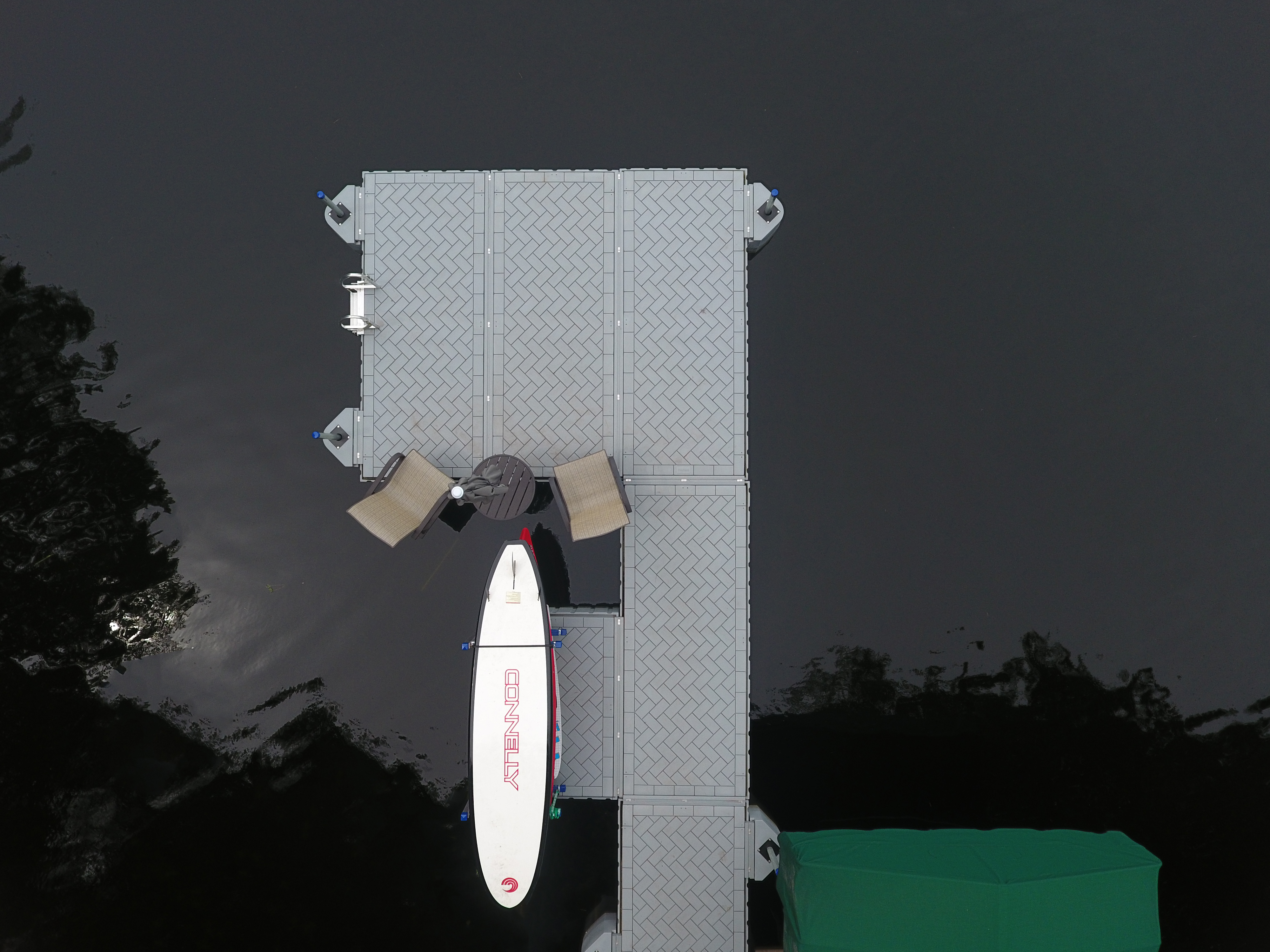Posted on July 13, 2023
Everything You Need to Know About Building a Floating Dock on a Lake
Written by PolyDock Products Marketing
You don’t have to build a floating dock from scratch! Choose a hassle-free system from a manufacturer like PolyDock, that eliminates the hard for you. You can start and potentially finish your project in under a day!
Everything You Need to Know About Building a Floating Dock on a Lake
Once you have all the materials and tools, assembling your floating dock system is easy. Complete your lakefront with a floating dock from PolyDock Products.

What materials are commonly used to build docks on a lake?
Floating dock systems come in several different types of materials. Wood, composite, or aluminum are common choices for decking, and aluminum legs, piles, and polymer floats are common bases. PolyDock floating dock systems are rotationally molded from polyethylene. We chose this material and process because it creates a durable, single module without any seams or weak points to risk damage. It also creates a hollow module without foam pellets that could leach into the water in the unlikely event of damage to the floats or dock. The tan polymer we use also actively and passively resists degradation from UV radiation and is nice to walk on even on the warmest summer days.
How to build a dock on a lake
A DIY floating dock isn’t as hard as it sounds—if you order it from a high-quality manufacturer. Attach the decking to the frame and floats, attach the segments and accessories when appropriate, and feed the system into the water starting with the furthest-out section. With PolyDock, a lot of the assembly is already done for you, and you only need the connections, a basic toolbox, and help from some trusted adults to give you some extra hands. If you’d feel more comfortable with professionals handling the installation, your PolyDock dealer can also provide installation services.
Do I need a permit to build a dock on a lake?
Permit requirements and regulations for building a dock on a lake, including community guidelines and local laws, vary by location. It is important to check the specific laws and regulations applicable to your area. However, your local PolyDock dealer can determine this for you. PolyDock dealers have extensive knowledge of our products and an understanding of the water conditions and waterfront laws relevant to them and their customers. Your local dealer is an invaluable resource for building a floating dock, so don’t hesitate to ask them questions when you meet with them.
What size should my floating dock be?
When determining the size of your floating dock, it’s important to consider your specific needs, such as whether it’s large enough to accommodate your needs and any local requirements that must be followed. Beyond following regulations for dock length and width, it’s up to you and your imagination. Some people opt for a small floating dock system walkway that leads out to their boat lift, while others prefer a platform that serves as a versatile space for dock accessories and outdoor entertainment when the weather is nice. The amount of space you have to work with, your budget, and local requirements are the only limits to your dreams. Talk to your PolyDock dealer to explore ways to make your ideas a reality.
How do I maintain my floating dock?
You can maintain your floating dock system the same as any other boat dock system—through regular inspections and small repairs to avoid larger, more expensive and time-consuming repairs in the future. Some materials, such as wood or composites, require more maintenance than others. PolyDock uses rotationally molded polyethylene for the dock panels and floats, which is easy to keep clean with water and some gentle soap. As long as you care for your docking system properly, ensuring the connections and anchorages are regularly tightened is the only other maintenance that PolyDock modular docking systems require once installed.



